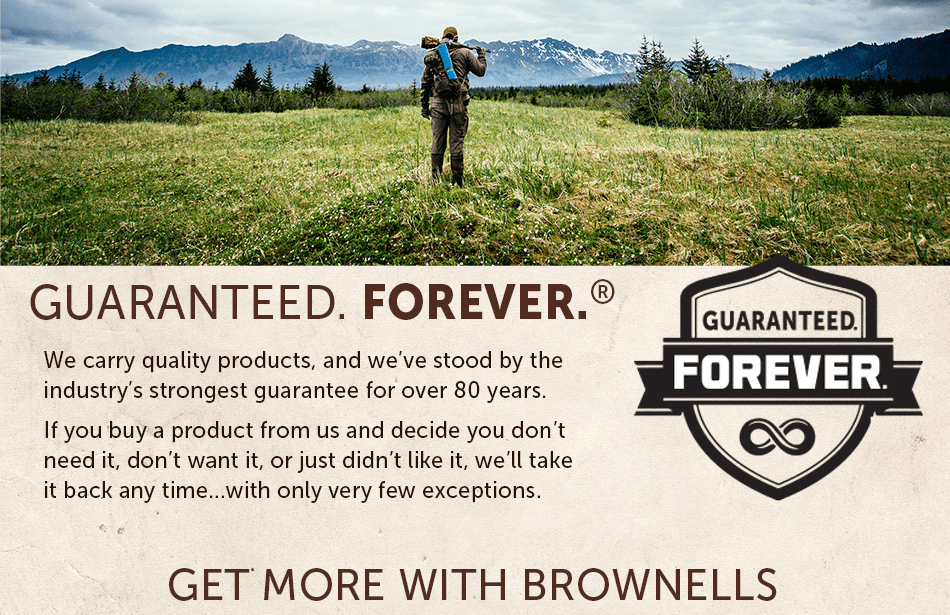katakenm
Well-Known Member
- Joined
- Sep 23, 2017
- Messages
- 78
I've been reloading since 1988. Never have I gotten a clear and definitive answer or have I had results of my own reloading show that primer depth varies my ES, SD, or produced erratic velocities. I use a Lab Radar and hold some pretty strict practices. So relevant history on my current "work-ups". I have beena 308 Win and 30-06 reloader for 30 years, currently I am using Peterson Brass for my 308 and have moved to 338 Lapua for a recent rifle. Since I started with Peterson Brass on the 308 a few years ago I have purchased 338 LM in, Peterson, Norma, Lapua, Hornady, and have my once fired PPU brass from 100 once fired from my rifle and another 100 Winchester once fired from my rifle. I have several reloads I've been up and down with and my best load is the Peterson with IMR 7828, FGMM Magnum primers, and Siera 250gr BTHP. I'm holding a 1/2 MOA out of a Ruger Precision Rifle. So heres the question, I never really had a primer pocket want to go more than a hair beyond flush with any of the 338 brass until I purchased brass from Graf's, they call the brass Kinetic "match brass" and my first primer sank silly low. Any feed back on Kinetic Brass and also on primer pocket depth regardless of cartridge being used? I seat with a RCBS hand primer to "finger feel" and have learned how to become very consistant at it. But sinking one low vs. flush, what are your thoughts? Thanks.

